New national guidelines for water safety, and free swim lessons in Bucks County
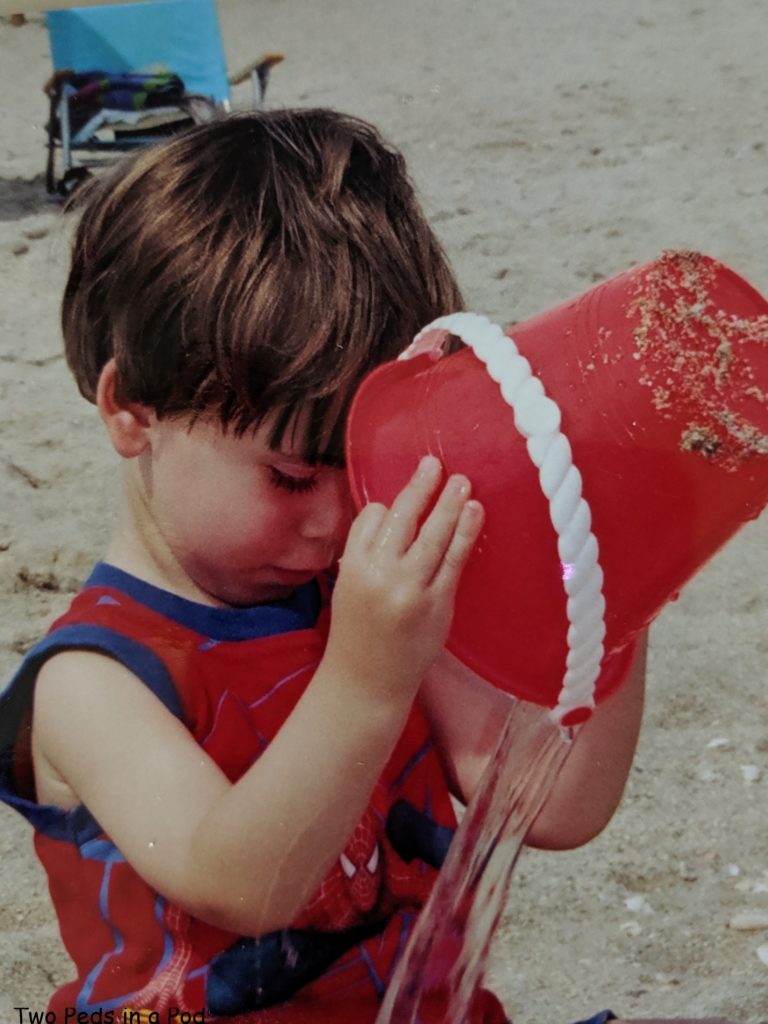
When one of Dr. Lai’s kids was around two years old, she deliberately let go of Dr. Lai’s hand when wading in waist high water. She exclaimed, “Look mommy, I can swim!” But she couldn’t, and as she started to sink, Dr. Lai scooped her up. What if she had taken swim lessons? Would that have been enough to prevent drowning? It may have helped, but that’s not enough. Kids need layers of protection to prevent tragedy in water.
Just in time for summer, we have new evidence about drowning prevention for both young kids and teens. Read on for updated swimming and water safety tips and an offer for free swim competency lessons for older kids.
Who is most at risk for drowning?
Children age 4 years and younger.
Most of these kids drown when parents do not realize kids have access to water. Think bathtubs, buckets, and toilets as well as ponds, puddles, and pools. Drowning is silent. Parents need to always watch their children around any body of water.
Adolescents aged 15-19.
Several factors contribute, including under-estimating risk (strong tides, swimming out too far), overestimation of skills, and substance use. Be sure to discuss rules of swimming with all of your children even if they are strong swimmers, and instruct them never to swim alone or without a lifeguard. Set an example yourself by wearing life jackets while boating and abstain from alcohol consumption. Alcohol contributes to half of all boating accidents in the United States.
Kids with autism.
Like children with other behavioral disabilities, they often wander away from adults without warning.
Children with seizure disorders.
Drowning is the leading cause of accidental death in children with epilepsy. Like ALL children, kids who have seizures should never be left alone for even a second in pools or baths.
Kids with a predisposition to cardiac arrhythmias.
If your family has a history of heart arrhythmias (eg. Long QT, Brugada syndrome, Ventricular tachycardia), unexplained sudden death at a young age, or an unexplained drowning, bring it to your pediatrician’s attention. In your child, let your pediatrician know about any fainting/near fainting episodes, “funny” heart beats, or chest pain.
When should I start swim lessons for my child?
There is no standard recommended age, but evidence suggests that swim lessons, even for kids as young as 1-4 years, can add a level of protection against drowning. Goals of swim lessons include the ability to enter the water, surface, turn around, swim for 25 yards, tread water or float, and to exit the water safely.
Swim lessons should also include real life “what to do in case of an accident” scenarios, such as swimming with clothes on, how to recognize a swimmer in trouble, and how to call for help. They should learn never to swim without adult supervision. Older children, and all adults for that matter, should learn CPR.
There is lack of evidence that swim lessons for babies under one year protects babies. Babies this young have relatively large heads compared to their body size and are incapable of picking up their heads out of the water to breathe if they are submerged. Think of swim “lessons” for babies as a fun, social activity instead of a potentially life-saving class.
Even if your children take swim lessons, THEY ARE NOT DROWN PROOF. Stay within arm’s length of all young children and non-swimmers.
How can I make kids in my backyard pool safer?
Install a fence that is at least 4 feet high around the pool.
The fence should be self-closing and self-latching, and isolates the pool completely from the rest of the yard and the house.
Pool covers and barrier alarms may add another level of protection, but there is no data that demonstrates definitively that they prevent drowning.
The Consumer Product Safety Commission has detailed instructions and information on the latest safety products recommended for home pools.
Always supervise your swimming children.
Adults should be very clear with each other about who is watching the swimmers. Stay at arm’s length of non-swimmers and young swimmers, and refrain from texting, drinking alcohol, reading, socializing, or any other activity that takes your eyes off of your child or could shift attention away from kids in the water. When kids drown, they drown silently, so you will likely not hear trouble.
Non-swimmers and small children should wear life jackets, even in your own pool, for maximum water safety. Inflatables are not substitutes. Look for US Coast Guard approved jackets.
It bears repeating: most drownings occur when parents had no idea that their child had access to water.
A few years ago, Dr. Lai’s toddler-aged neighbor waddled over to the ice bucket at a Fourth of July party. Toddlers have big pumpkin shaped heads and before Dr. Lai could blink an eye, her neighbor tumbled into the water head first. Luckily Dr. Lai’s husband was standing next to the bucket and pulled the toddler out.
As this case shows, you can’t let your guard down, even if no pool or large body of water is in sight.
Small, blow-up backyard pools are the same as bath tubs in terms of drowning risk, so never leave kids unattended around these pools. Stay at arm’s length of your babies and toddlers when they play in these pools.
Additionally, never leave kids unattended, even briefly, in the bathtub.
We’re going to the beach- can my baby go swimming in the ocean? How about a pool?
Most pools, oceans, and lakes are much colder than bath water. Babies feel colder more quickly than adults. Remember your own parent telling you to come out of a pool because your lips were blue? Limit a baby’s exposure to cold water accordingly.
Chlorine will not hurt babies, but it can dry out skin. Apply moisturizer after swimming if your child’s skin gets dry.
Salt water is safe for babies and kids to swim in.
Young kids try to drink the water they swim in. Don’t let them. It’s not just your nephew who pees through his swim diaper that you need to worry about. Unfortunately, chlorine and salt fail to kill all viruses, bacteria, and parasites that might lurk in swimming water.
If your child swims outside, remember that sunburns occur more easily because sunlight reflects off the water. Apply sunscreen liberally before and after swimming, even if the sunscreen label says “waterproof.” Better yet, try to keep that baby hat on and have your child wear a sun protective shirt.
Can you suggest more ways my kids can play with water?
Water tables (which can double as sand tables in the spring, leaf tables in the fall and indoor snow tables in the winter) allow young toddlers to stand and play with toys in very shallow water.
Fill a bunch of different sized stacking cups with water for kids to pour, dump, or perhaps to mix with rocks, dirt, or leaves.
Simple squirt bottles are great fun. When Dr. Kardos’s twins were little they spent large amounts of time “watering” every plant, bush, flower, and blade of grass in the yard.
Transform chalk drawings into masterpieces by adding water.
Wet down your walkway and blow bubbles onto the cement – they will cling onto the walkway for a long period of time.
Local Parents: Do you live in Bucks County, PA? Has your child graduated from first grade? Do they know how to swim? The Y of Bucks County, in conjunction with the Children’s Hospital of Philadelphia, is offering free swim lessons for kids past first grade to achieve basic water skills competency. For more information on obtaining a voucher, email us at twopedsinapod@gmail.com.
Julie Kardos, MD and Naline Lai, MD
©2019 Two Peds in a Pod®

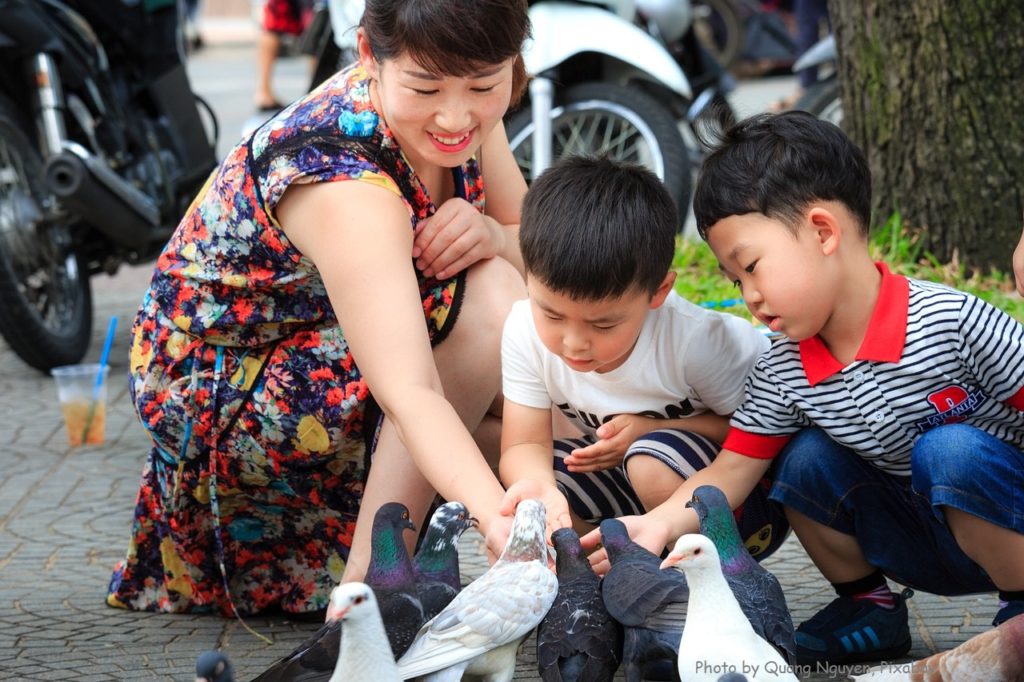
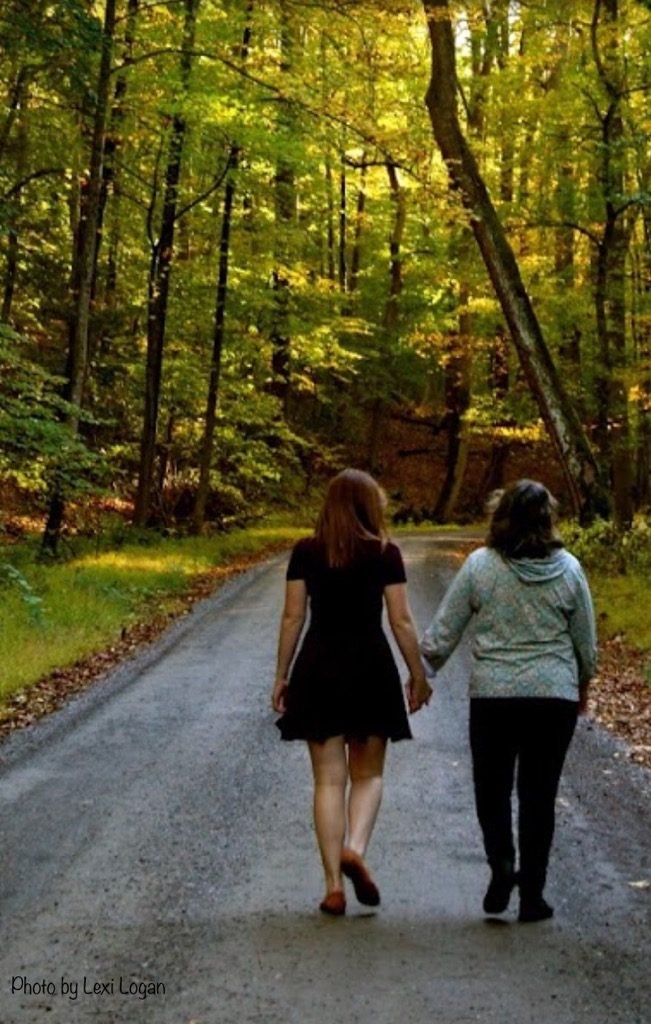 Do you wonder if any communication actually occurs when you talk to your teen? We invite you to
Do you wonder if any communication actually occurs when you talk to your teen? We invite you to 
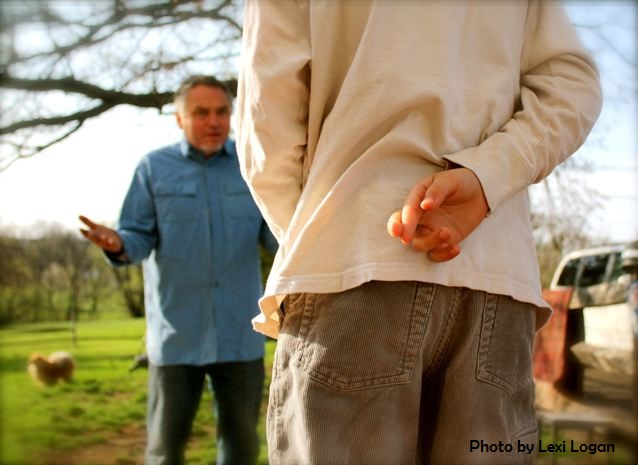
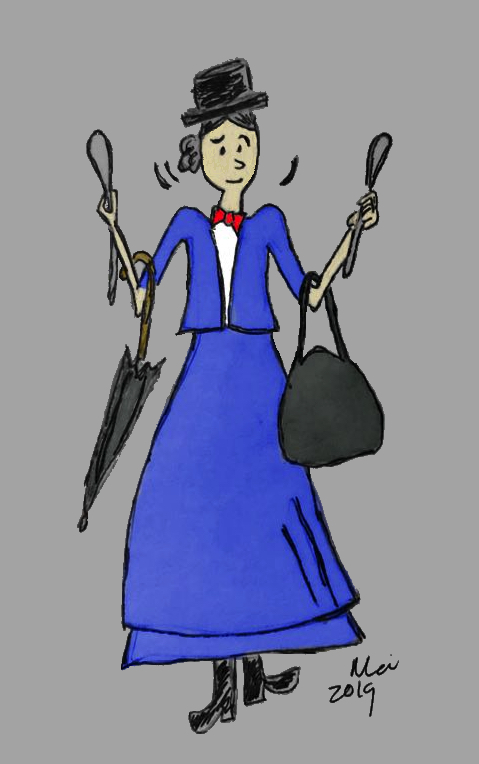
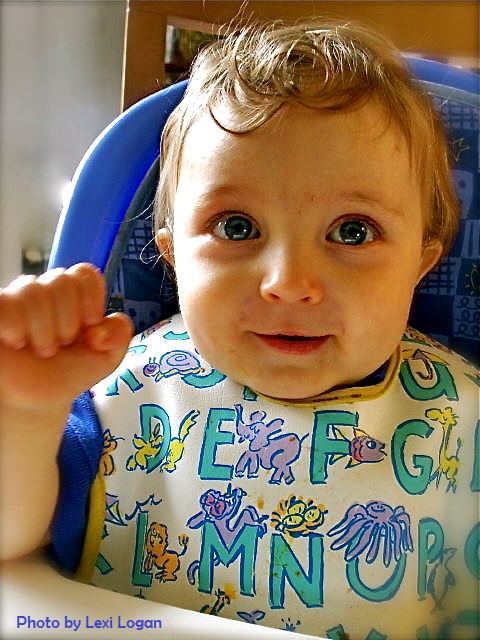
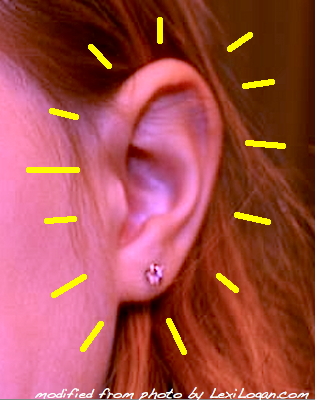 Does your child have an earache?
Does your child have an earache?